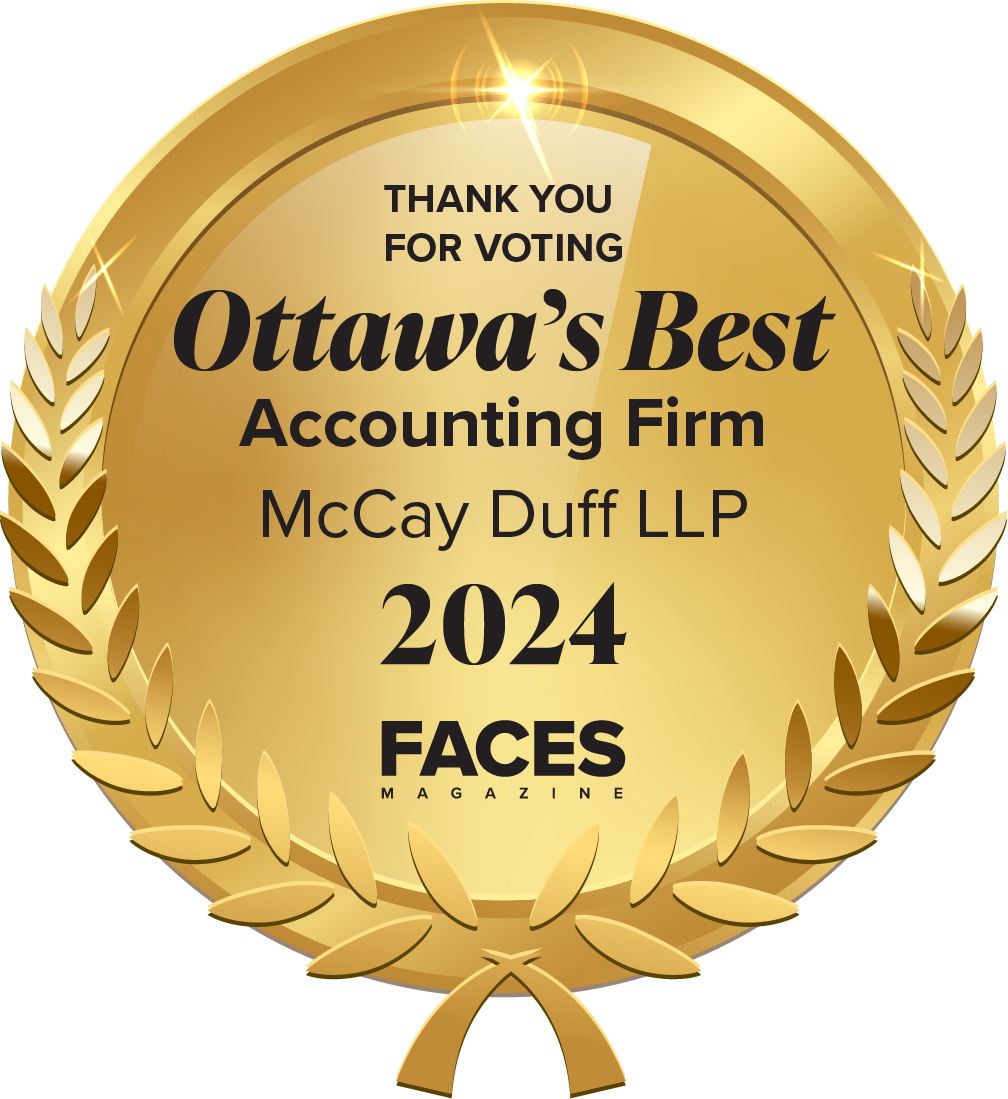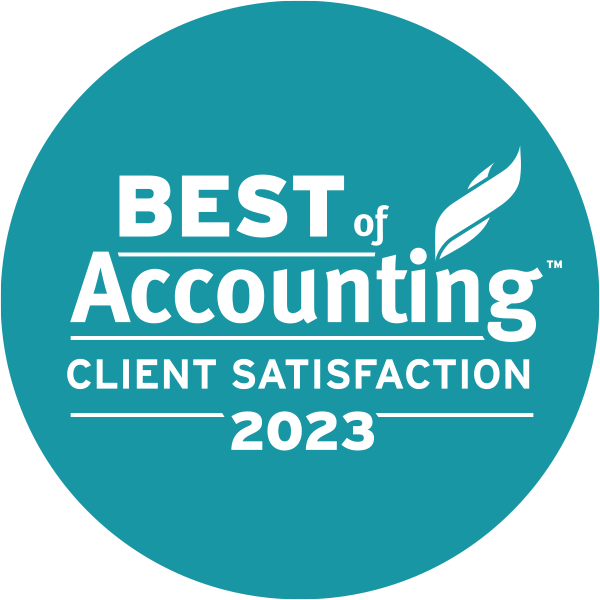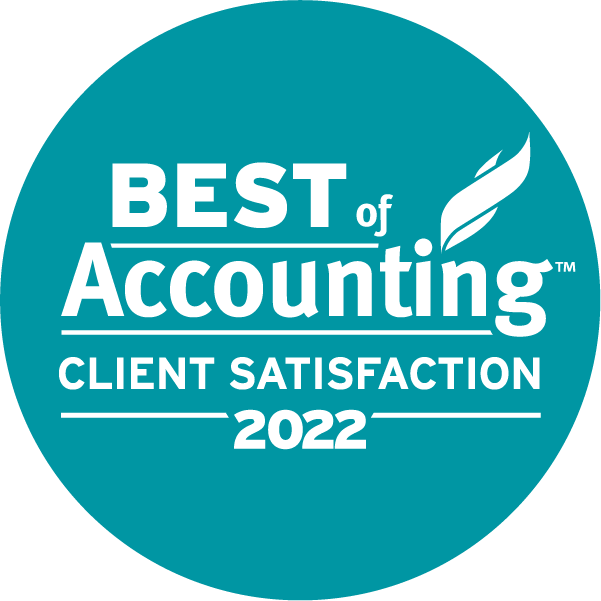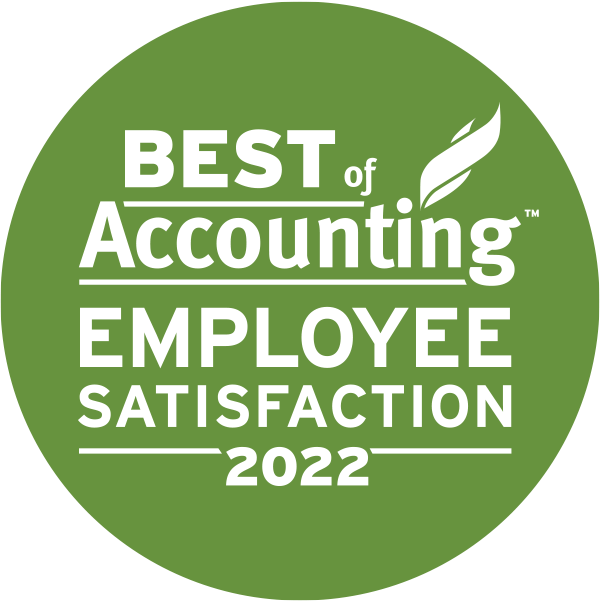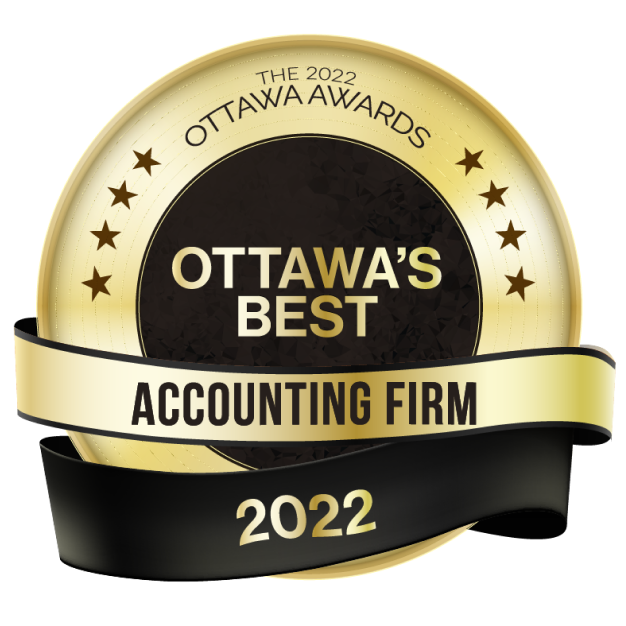Do you review your company’s financial statements regularly? Do you understand what they tell you about your business? If not, you are not alone. Many business owners are focused on starting, growing, or maintaining their businesses. As a result, they do not take the time to understand their financial statements and the vital information they provide about their business. When used effectively, your financial statements are a tool that will help you plan better, address problems, and prepare for the future.
How do you ensure your financial statements are correct? For your financial statements to be able to help you make sound business decisions, it is essential that your bookkeeping is up to date and that all relevant information has been entered into your accounting system correctly. At a minimum, you will need to ensure all sales and purchase invoices have been recorded, all the bank and credit card accounts have been reconciled, and any uncollectible account receivable has been written off. Once this is complete, you are ready to review your financial statements.
Your financial statements are made up of three financial reports – Balance Sheet, Statement of Income (also called the profit and loss statement), and the Statement of Cash Flows. Let’s look at what each financial statement tells us and things to look for when reviewing each statement.
Balance Sheet
This statement gets its name from the fact that it must always balance. The book value of the company’s assets will equal what is owed plus the excess profits that have been left in the company (Assets = Liabilities + Equity). The balance sheet tells you the balance of each asset and liability at a point in time. This statement will let you know the financial stability of your company. As a result, creditors will often request a copy of your financial statements so they can analyze your balance sheet before approving a loan or issuing you credit.
Things to look for when reviewing your balance sheet:
- Is the cash balance too high or too low? What does the low cash balance mean? Is your account receivable collection too slow; do you have too much cash tied up in inventory; are your sales too low or expenses too high? If your cash is high, should you pay down debt or invest “excess” cash to generate investment income?
- Do your cash and accounts receivable balances exceed your accounts payable and current loan balance? If not, how will you generate the cash flow to meet the payment requirements for the next month?
- Look at an “aged listing” of both accounts receivable and accounts payable. These will show you what is receivable/payable to each customer/supplier and how long the amount has been outstanding. Review the individual balances for accuracy, overdue accounts, and collectability.
- Negative asset balances – investigate why they are negative. Is the balance correct, or is there an error that needs to be corrected?
Statement of Income
This statement is also known as the profit and loss statement, and it shows your profit or loss for a given period. The income statement is comprised of three sections; revenues or sales, cost of goods sold, and general and administrative expenses. An item to note is that not all businesses have a cost of goods sold section as this section only applies if the company is selling products. The cost of goods sold are the direct costs related to materials and labour to buy and/or produce the products that are being sold. Most businesses that sell a service will not have this section. The income statement subtracts total expenses from revenues to get net income. If net income is positive, the business has generated a profit, and if it is negative, the company has lost money.
Things to look for when reviewing your income statement:
- Compare revenue and expenses for different periods (year to date compared to the year to date last year, current month to the same month the previous year, current month to the previous month). Comparing will make it easier to identify posting errors, see trends, and see when revenues or expenses have not met or exceeded budgets.
- Look for balances that do not meet your expectations and seek explanations for the variance from your expectations.
- Spend the time to review regularly the income statement as it will give you a better understanding of your business and will highlight actions you need to take (push for higher sales if sales levels have been falling, revise your pricing to maintain/increase profit margin, reduce labour costs, implement other cost-saving measures, etc.)
Statement of Cash Flows
This statement consists of three sections; cash flow from operating activities, cash flows from investing activities, and cash flows from financing activities. The statement shows the cash generated and used by the business during a specific time period and measures how well a company manages its cash. Earning profits is not enough to make a business successful; it also needs to manage the use of the cash generated to make sure that the business is sustainable. Many rapidly growing businesses often run into challenges because too much of their cash is an investment in financing receivables, capital equipment, and other assets, which places too much strain on their cash supply.
Things to look for when reviewing your statement of cash flows:
- Has the cash balance increased or decreased from the prior month, and why?
- Is the business consistently generating enough cash to pay its obligations and fund its operations?
- Does the business have too much cash tied up in inventory?
- Are your customers taking too long to pay?
- Is your business at risk of a cash shortfall?
All three financial statements work together to provide you with different insights about your business that can help improve how you operate your business and make business decisions.
If you would like to understand your financial statements, please reach out to a McCay Duff advisor.

